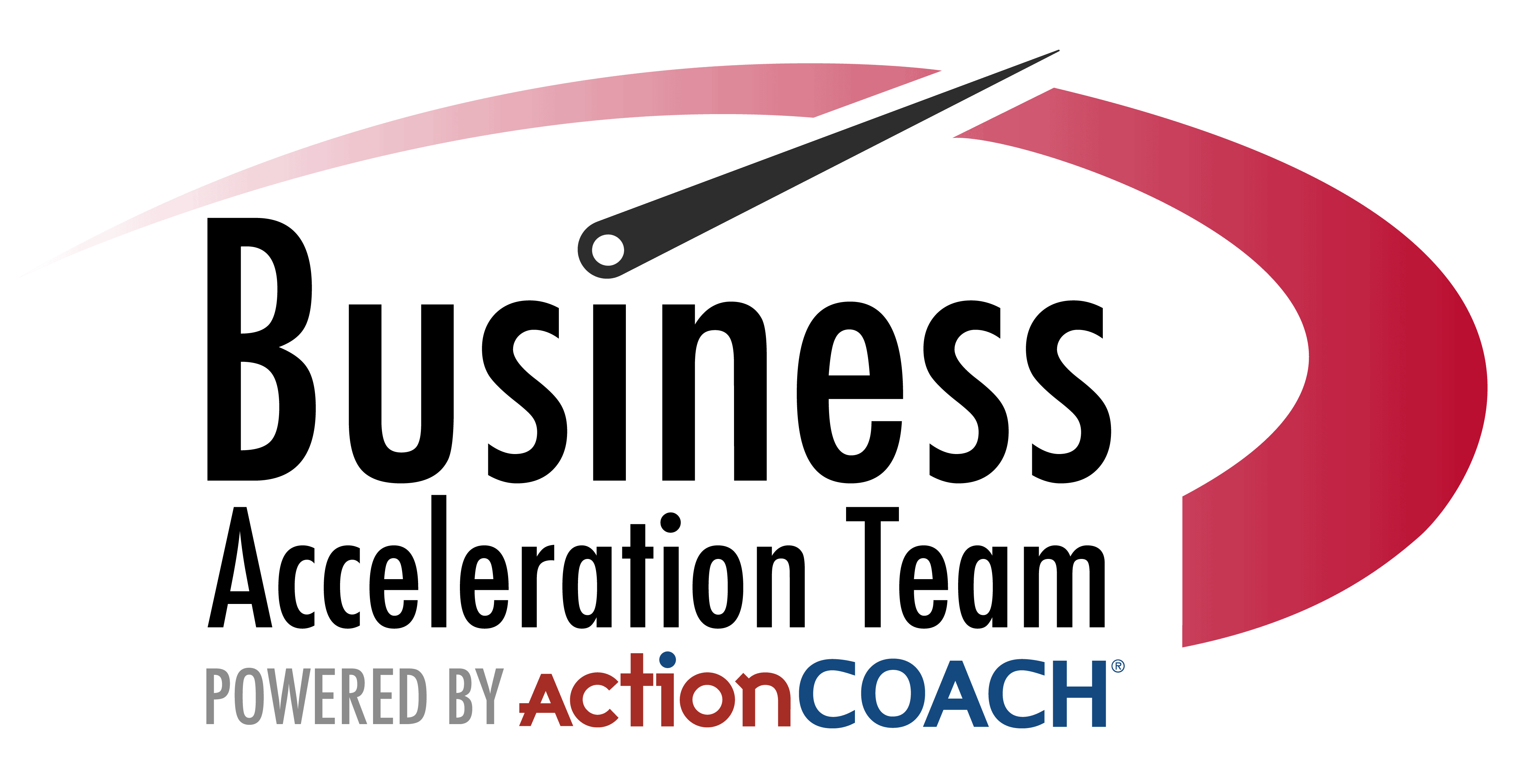28 Apr Master the Art of Delegation in a Minute Flat
Let’s talk about the secret sauce that can transform your productivity game – delegation. It’s that magical skill that, when done right, can skyrocket your efficiency and free up your most precious resource: time. And guess what? You can learn the basics of it in less time than it takes to brew your morning cup of joe.
First things first, you’ve got to recognize that you can’t – and shouldn’t – do everything yourself. By trying to wear all the hats, you’re not just running yourself ragged, you’re also denying your team the opportunity to shine. It’s time to trust in their abilities and empower them to take the reins on certain tasks.
Here’s the 60-second lowdown on how to delegate effectively:
1. Identify the Task: Look for something that someone else can do at least 80% as well as you. It doesn’t have to be perfect; it just needs to get done. This could be anything from preparing a report to managing your inbox.
2. Choose the Right Person: Who on your team has the skills – or the potential – to take this on? Consider their current workload, strengths, and developmental goals. You’re not just offloading a task; you’re providing an opportunity for growth.
3. Explain Clearly: Be crystal clear about what success looks like. What’s the outcome you’re expecting? When is the deadline? Are there any specific processes they need to follow? Clarity is king.
4. Provide the Resources: Make sure they have everything they need to succeed, whether it’s access to certain tools, information, or contacts. Nothing is more frustrating than being given a task without the means to complete it.
5. Step Back: This is crucial. Once you’ve handed over the reins, resist the urge to micromanage. Trust your team member to handle the task. Be available for guidance, but don’t hover.
6. Offer Feedback: After the task is completed, provide constructive feedback. Celebrate the wins and discuss any areas for improvement. This is how you and your team grow together.
And there you have it – delegation demystified in under a minute! By mastering this simple yet powerful skill, you’ll not only boost your own productivity but also foster a more capable, empowered team. Remember, delegation isn’t about losing control; it’s about multiplying your effectiveness through others.
Now, take a deep breath and give it a try. Your to-do list (and your team) will thank you for it. Happy delegating!











